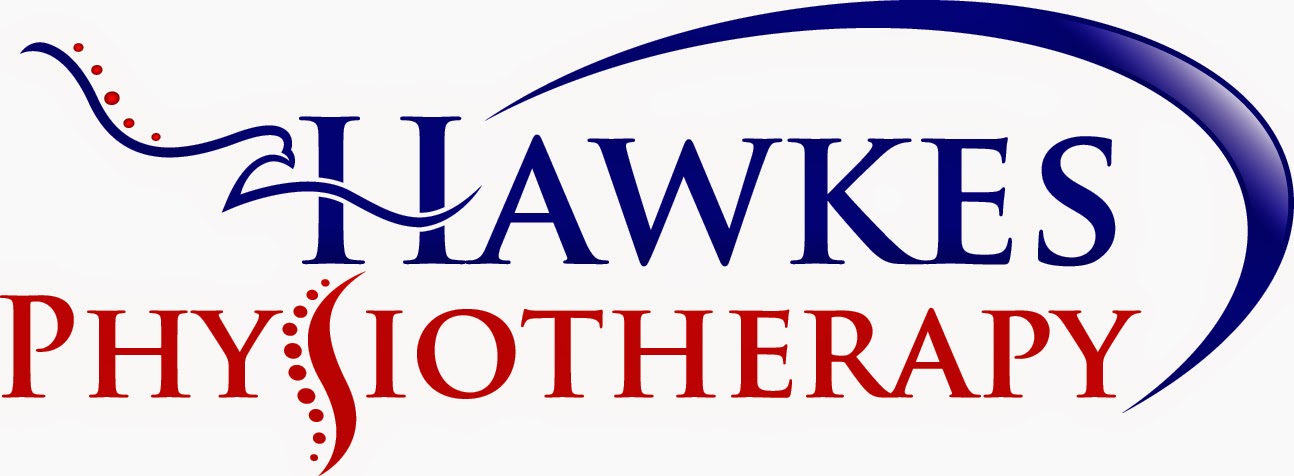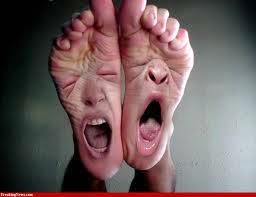The Hawkes Physiotherapy Era...

Well I've now been running Hawkes Physiotherapy for 18 months and it's going really well. So much so, that I've decided to take the plunge and take away the safety net, AKA: the NHS job.... Scary! Well, I had little choice as my working week had become just that, a "working week"! Eat, sleep and drink work! In anyone's book, a 75 hour working week can only go on for a small period of time! So I enter a new era, which I am excited about. I can finally do the things that I always wanted to do and more the point, I now have the time to do them! My patients will reap the greatest benefit due to my increased capacity and flexibility. I can see them when suits their lifestyle without compromise. I will also have even more time to get stuck into the latest research findings in the Physio world. (Some may say I have this covered but you can never know too much in my book!) - https://twitter.com/MathewHawkes Hopefully I can take my YouTube channel
